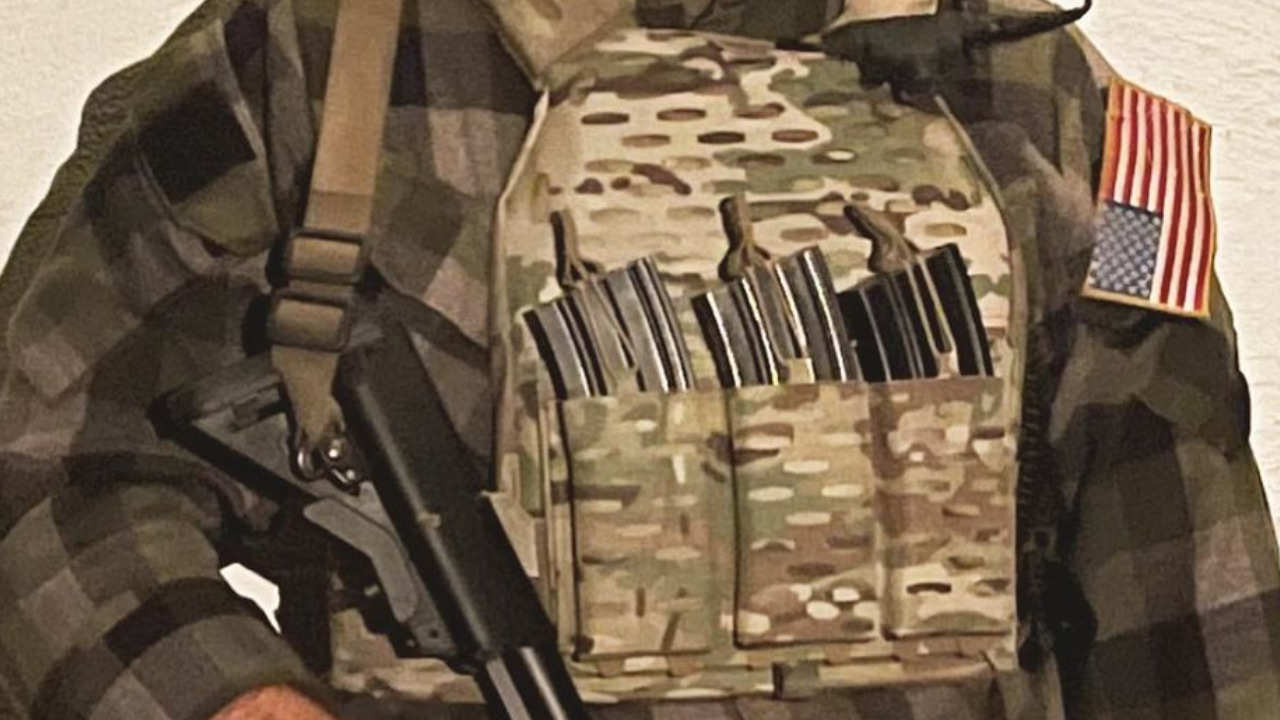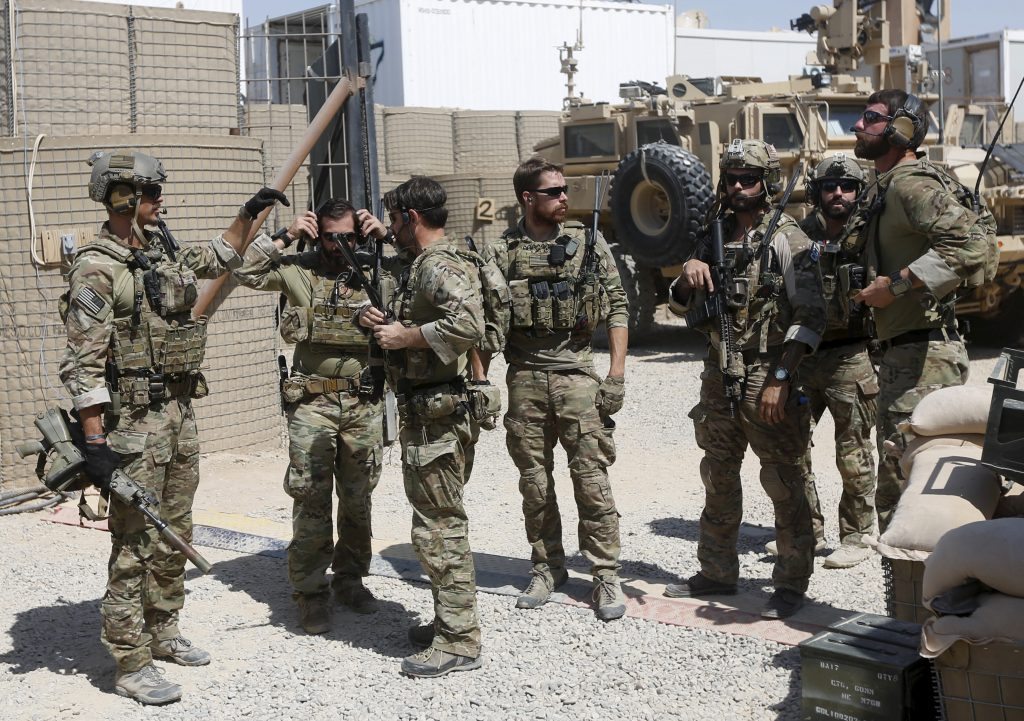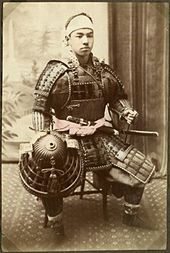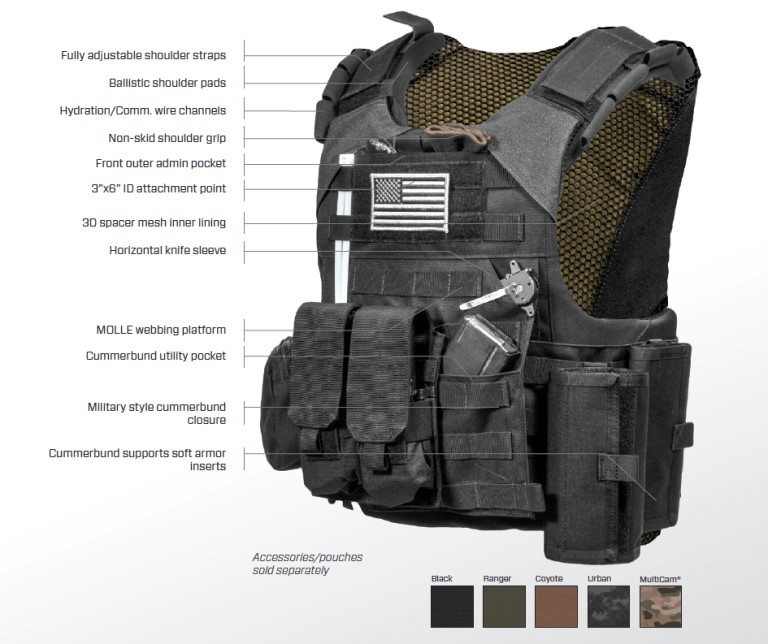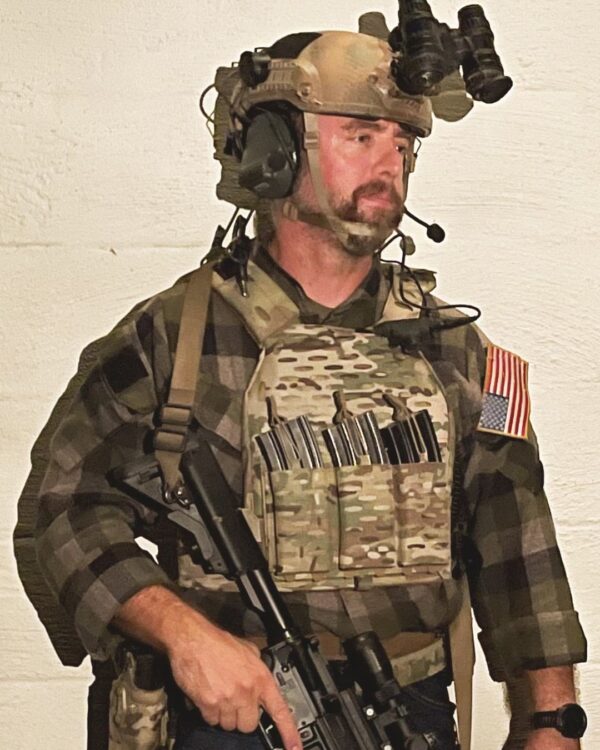This may be a very basic topic. After all, you take whatever you choose that is designed to stop or slow down the rounds from getting to you, put it into some form of cool nylon, slap a couple of patches on, and you’re good. Well, kind of, but not really. All too often we see people come to training or on the job, who have become so comfortable with the improper use of their armor, they don’t even realize the effects of its protection is negated. But these guidelines are more often lost on the everyday user who wants to be prepared, or likes the option of good training which requires the utilization of armor.
We have come to a point in our society where armor is not only readily accessible, people realize that someday they may need it, or it’s a good idea to have, or that responsible application of the 2nd Amendment involves it. Disclaimer 1: aside from some legislation which may be designed to limit the legalities of owning body armor, some states are more restrictive than others, and individuals should refer to their respective laws.
Disclaimer 2: if someone decides to use body armor for illegal purposes, every state has a law which enhances a crime if committed with the use of body armor. In addition to that and despite the general affordability of armor products, purchasing one is still a significant investment which should be approached intelligently. None of this has been lost on the manufacturers of armor products, and while most are responsible in their advertising and will gladly educate the consumer, the end-user must put in the time to research who they are buying from.
The first step in the decision process should probably involve what you’re interested in buying, and why. What level of protection you need, and again – why. If you’re a responsible gun owner looking for something to have on hand at home, your protection requirements – also known as NIJ threat level ratings, will be different from a recently separated service member who is doing protective detail contracts in Chicagoland. With that said, determine not only what level you need and what it will be used for, but also what form that level of protection should take. For example, Level III armor can come in soft or hard configuration, and with either a concealable or an outer carrier options for each.
Some are designed to support an additional load or carry external accessories, and some are not. Some armor is designed to work as an in-conjunction-with. This means that to get a rated level of performance, the user must utilize a combination of soft armor and hard plates. This may involve a lower threat level, concealable armor panels, with an external carrier which houses hard plates. More options here.
Hard plates come in a number of varieties, and also hold different degrees of protection. They can be ceramic, composite ceramic, metal (AR steel), or a combination of ceramic and metal composites. Typical soft panels are some combination of Kevlar, although believe it or not some testing into bringing back silk has been published. Again, combining the need and want with what you can afford and properly apply is critical. The worst mistake is to assume that certain armor will provide a certain level of protection, only to find out otherwise.
Specific to hard plates, some carriers are designed to hold ceramic plates and will poorly accommodate steel. The free play or flop, combined with lack of retention of the plate inside the carrier will indicate this lack of compatibility. It goes without saying that front plates are designed differently than back, curved different from flat, and side plates come with their own gamut of varieties and ways to wear them.
Once you determine what majority of your armor needs are, you will also think about what freedom of movement you will require when wearing it. I say majority, because often times it’s not a one-size-fits-all decision. This refers to types of movement as in standing, running, bending, or sitting. Environments, such as vehicles and types of vehicles, flotation if applicable, and gear necessary to employ while wearing armor are critical questions, especially if your needs are to wear it 10-12 hours per day. The cut of hard plates will accommodate your movement at the shoulders, and is typically referred to as “shooters cut” or “modified shooters cut”.
Regardless of what you decide to go with, proper fit is the key. Armor, whether hard or soft, is designed to protect vital organs. Roughly speaking, this means the span of your torso between the sternal notch and belly button. If you are a suit and tie type, this means roughly where the bottom of your tie knot sits, or about even across with 2nd button from the top of your shirt. The bottom of the plate should be a couple of inches above the waist line. This goes for both hard and soft armor.
If too big, you will readily know the first time you sit or bend down, as the bottom of the plate will press down on your belt or into your gut, and the top will either cut into your neck line or press onto your shoulders. The idea in utilizing body armor is a compromise. It’s an understanding that move, shoot, communicate is as crucial is being protected. You have to be able to move otherwise you become cover for someone else.
For the back plate or panel, the guidelines are similar. A couple of inches above the waist line, and the top should be roughly even with the middle of your shoulder blades. These are rough guidelines. Your specifics will depend on exact measurements of your body and the armor-manufacturer’s sizing. Don’t assume that a medium size soft panel is the same from one manufacturer to the other. However a 10×12 ceramic plate should be. In the same context, just because you have a medium carrier, doesn’t mean you are sized for medium plates.
Buying larger plates and stuffing them in a carrier which isn’t designed to fit them not only impedes your movement, it degrades quality of your entire kit. If wearing armor is your day-to-day attire, ideally you should be fitted for it. Believe it or not body armor sometimes is not standard issue for our cops, and some agencies have to make do with what they have. But you can still educate yourself to make the proper adjustment. For example if you’re buying second-hand, find out your brand of concealable armor and go to a local vendor that sells it. Ask them to measure you. If they place any value in customer service they will gladly do so, and give you an idea what your measurements are, and how a custom-cut armor will fit.
Internet purchasing makes these options and decisions very difficult, so looking into the vendor’s return policy will give you an idea into their customer approach, as well a way out if you buy the wrong size or type. If you are wearing a plate carrier, test it as you would use it. A full combat load on the front of the carrier will make it feel and fit different, than just a nylon product out of the box. If you feel like it’s pulling down, or dragging, decide what adjustments you need to make, either with the carrier itself, or the armor.
Model
Don’t fall into the trap where you adjust the whole kit during use to make it more comfortable, and thus change how the plates provide coverage. And if you can’t make it to the range, here is my recommendation: do some chores. Put your armor on in whatever configuration you will use it, and do laundry, mow the yard, clean the leaves, vacuum, do the dishes. You will soon know if you made the right choice.
From the medieval ages, to samurai’s to modern warrior, body armor has seen a dynamic transformation. It has always been a combination of agility and protection. Today’s market offers more choice than ever, whether for you’re a dedicated Sheepdog or a responsibly prepared citizen. Effective investment into any armor requires appropriate research, but proper use of it is even more critical – as your life and the lives of others depend on it.
Fred Fusco, Former JSOC Operator wearing Sentry Systems Plate Carrier
*The views and opinions expressed on this website are solely those of the original authors and contributors. These views and opinions do not necessarily represent those of Spotter Up Magazine, the administrative staff, and/or any/all contributors to this site.
There are paid links or links listed in exchange for a service:
